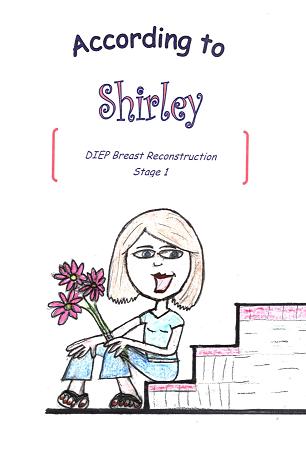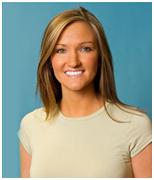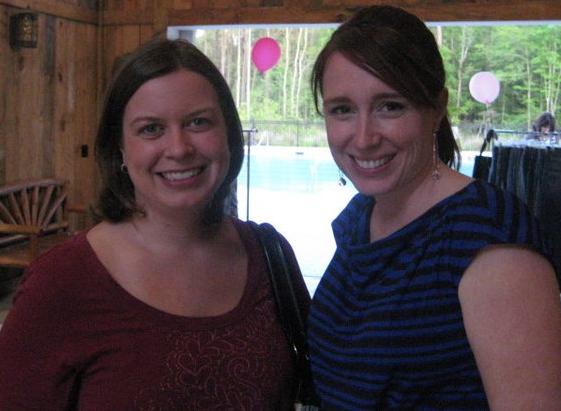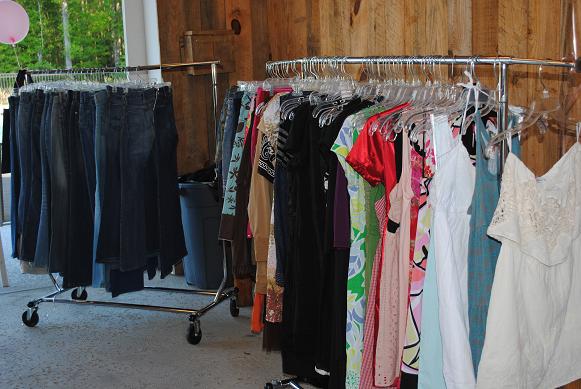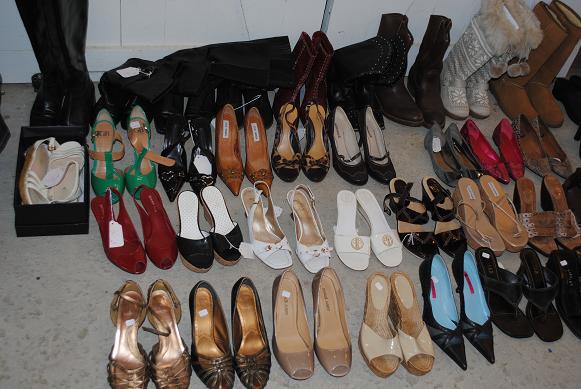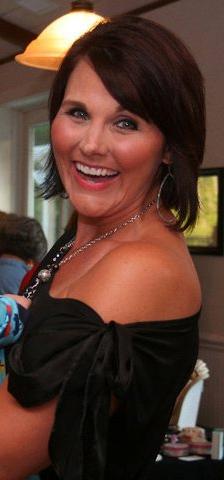 We’re putting a little twist on our Ask the Doctor post today. We receive lots of great questions from patients; some are medical while others pertain to insurance, billing, and other-office related information. Today, I will be answering a popular question we receive regarding insurance.
We’re putting a little twist on our Ask the Doctor post today. We receive lots of great questions from patients; some are medical while others pertain to insurance, billing, and other-office related information. Today, I will be answering a popular question we receive regarding insurance.
I’d like to have a mastectomy to reduce my risk of breast cancer. Will my insurance company pay for it?
Most insurance companies do have criteria under which they will consider a prophylactic mastectomy medically necessary—as a reminder, if they pay for your mastectomy they must also cover a reconstructive procedure of your choice. There are always exceptions to this rule, as outlined in WHCRA 1998, but this law does protect the majority of women insured in the United States.
I’ll highlight some of the actual criteria obtained from medical policy documents from some of the nation’s largest insurers. This is a pretty comprehensive list but it’s always a good idea to consult your plan’s medical policy documents to determine their specific coverage criteria prior to undergoing any medical / surgical procedure.
“BIG INSURANCE CO #1” covers prophylactic mastectomy as medically necessary for the treatment of individuals at high risk of developing breast cancer when any ONE of the following criteria is met:
Individuals with a personal history of cancer as noted below:
Individuals with a personal history of breast cancer when any ONE of the following criteria is met:
- Diagnosed at age 45 or younger, regardless of family history.
- Diagnosed at age 50 or younger and EITHER of the following:
- At least one close blood relative with breast cancer at age 50 or younger.
- At least one close blood relative with epithelial ovarian, fallopian tube, or primary peritoneal cancer.
- Diagnosed with two breast primaries (includes bilateral disease or cases where there are two or more clearly separate ipsilateral primary tumors) when the first breast cancer diagnosis occurred prior to age 50.
- Diagnosed at any age and there are at least two close blood relatives* with breast cancer or epithelial ovarian, fallopian tube, or primary peritoneal cancer diagnosed at any age.
- Personal history of epithelial ovarian, fallopian tube, or primary peritoneal cancer.
- Close male blood relative with breast cancer.
- An individual of ethnicity associated with higher mutation frequency (e.g., founder populations of Ashkenazi Jewish, Icelandic, Swedish, Hungarian, or Dutch).
- Development of invasive lobular or ductal carcinoma in the contralateral breast after electing surveillance for lobular carcinoma in situ of the ipsilateral breast.
- Lobular carcinoma in situ confirmed on biopsy.
- Lobular carcinoma in situ in the contralateral breast.
- Diffuse indeterminate microcalcifications or dense tissue in the contralateral breast that is difficult to evaluate mammographically and clinically.
- A large and / or ptotic, dense, disproportionately-sized contralateral breast that is difficult to reasonably match the ipsilateral cancerous breast treated with mastectomy and reconstruction.
- Personal history of epithelial ovarian, fallopian tube, or primary peritoneal cancer.
- Personal history of male breast cancer.
Individuals with no personal history of breast or epithelial ovarian cancer when any ONE of the following is met:
- Known breast risk cancer antigen (BRCA1 or BRCA2), p53, or PTEN mutation confirmed by genetic testing.
- Close blood relative with a known BRCA1, BRCA2, p53, or PTEN mutation.
- First- or second-degree blood relative meeting any of the above criteria for individuals with a personal history of cancer.
- Third-degree blood relative with two or more close blood relatives with breast and / or ovarian cancer (with at least one close blood relative with breast cancer prior to age 50).
- History of treatment with thoracic radiation.
- Atypical ductal or lobular hyperplasia, especially if combined with a family history of breast cancer.
- Dense, fibronodular breasts that are mammographically or clinically difficult to evaluate, several prior breast biopsies for clinical and / or mammographic abnormalities, and strong concern about breast cancer risk.
Who is a close blood relative? A close blood relative / close family member includes first- , second-, and third-degree relatives.
A first-degree relative is defined as a blood relative with whom an individual shares approximately 50% of his / her genes, including the individual’s parents, full siblings, and children.
A second-degree relative is defined as a blood relative with whom an individual shares approximately 25% of his / her genes, including the individual’s grandparents, grandchildren, aunts, uncles, nephews, nieces, and half-siblings.
A third-degree relative is defined as a blood relative with whom an individual shares approximately 12.5% of his / her genes, including the individual’s great-grandparents and first-cousins.
GET IT IN WRITING: Some of the above criteria may sound like Greek to most of us. Ultimately the key to finding out if your insurance will consider prophylactic mastectomy in your individual case lies in the hands of your physician and you. A comprehensive set of medical records clearly outlining your particular risk along with a request made to your insurance company for written pre-authorization or pre-determination of benefits is the best thing to do to assure if your insurance company will consider your procedure medically necessary.
–Gail Lanter, CPC, Office Manager
